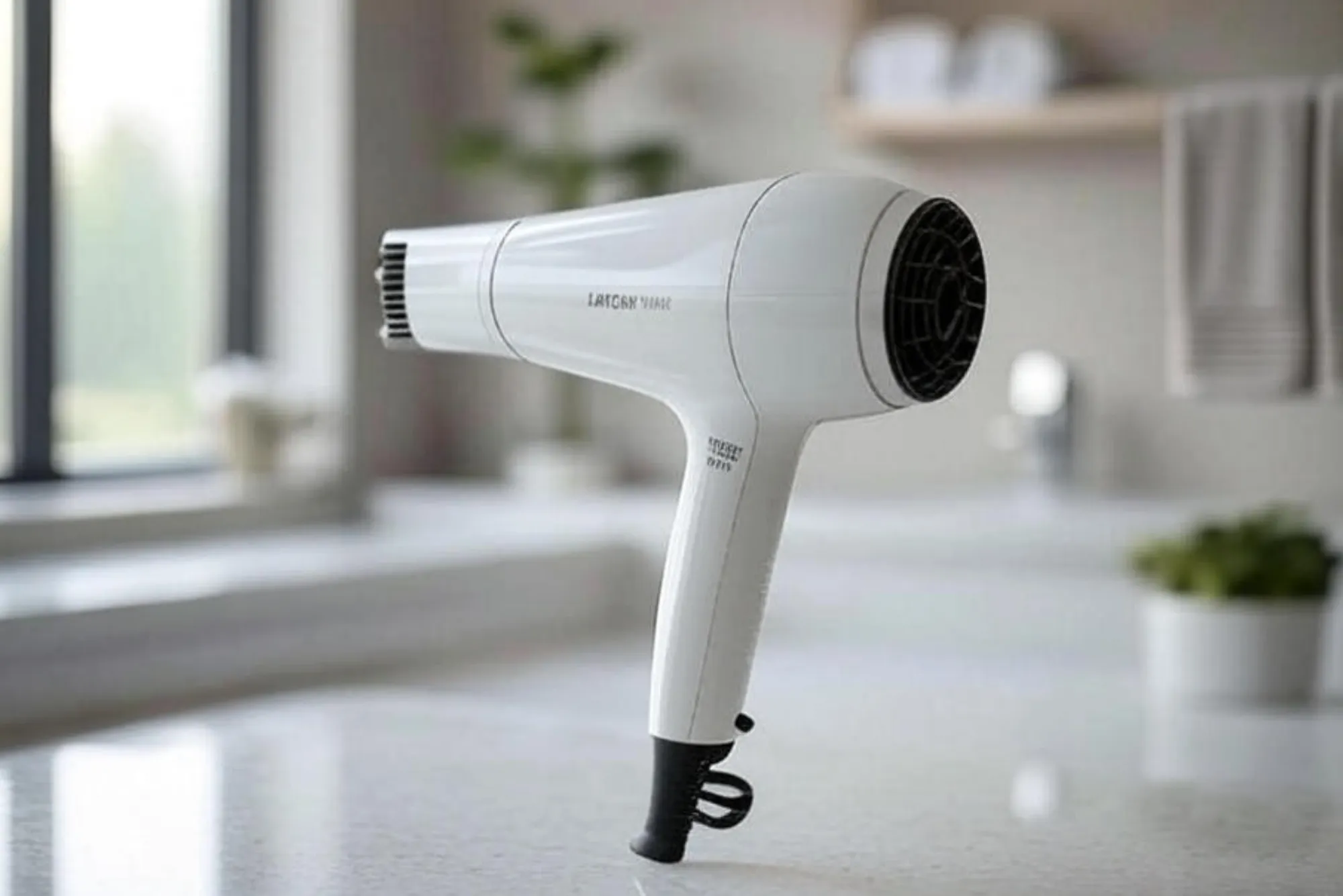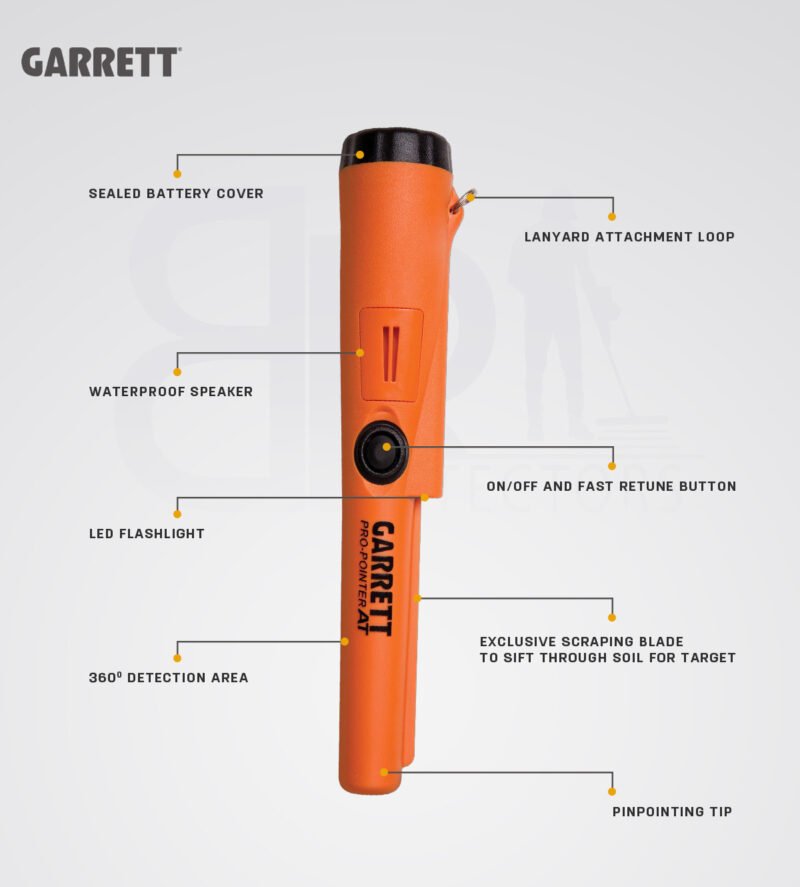Prostatic hyperplasia, commonly known as benign prostatic hyperplasia (BPH), is a condition that affects many men as they age. This condition leads to the enlargement of the prostate gland, causing urinary difficulties and discomfort. When conservative treatments fail to provide relief, surgery becomes a viable option. However, one of the biggest concerns for patients considering surgery is the recovery time and what to expect during the healing process.
Understanding Prostatic Hyperplasia Surgery
Surgical intervention for prostatic hyperplasia is performed to relieve urinary obstruction and improve quality of life. Several procedures are available, including transurethral resection of the prostate (TURP), laser therapy, and minimally invasive treatments. Each method has different recovery times and postoperative expectations, but they all aim to restore normal urinary function and reduce symptoms.
Immediate Post-Surgery Recovery
After surgery, patients typically spend a short period in the hospital under medical supervision. The length of hospital stay depends on the type of procedure performed and the patient’s overall health. Common experiences during the immediate recovery phase include:
- Urinary Catheter Use: A catheter is often inserted to aid in urine drainage while the bladder heals.
- Mild Discomfort and Swelling: Some swelling and discomfort are normal, gradually subsiding within a few days.
- Monitoring for Complications: Doctors observe patients for any signs of infection, bleeding, or urinary retention before discharge.
Recovery Time Based on Surgical Procedures
TURP Surgery Recovery
Transurethral resection of the prostate (TURP) is one of the most common procedures for BPH. The typical recovery time includes:
- Hospital Stay: 1-2 days post-surgery.
- Catheter Removal: Within a few days after the procedure.
- Return to Normal Activities: Patients can resume light activities within two weeks, with full recovery taking 4-6 weeks.
Laser Therapy Recovery
Laser treatments, such as GreenLight laser therapy, provide a less invasive alternative with shorter recovery periods. Most patients can:
- Leave the Hospital the Same Day: Some may require an overnight stay.
- Resume Work in a Few Days: Normal activities can usually be resumed within a week.
- Experience Minimal Side Effects: There is less bleeding and discomfort compared to TURP.
Minimally Invasive Procedures
Minimally invasive techniques, such as UroLift or Rezūm therapy, offer even faster recovery times:
- Same-Day Discharge: Most patients go home on the same day.
- Mild Symptoms: Some minor discomfort or urinary symptoms may persist for a few days.
- Full Recovery: Usually within 2-3 weeks.
Long-Term Recovery and Lifestyle Adjustments
While initial recovery occurs within weeks, full healing may take a few months. Patients should follow these guidelines for optimal recovery:
- Avoid Heavy Lifting: Strenuous activities should be avoided for at least a month.
- Stay Hydrated: Drinking plenty of water helps flush the bladder and prevent infections.
- Follow a Healthy Diet: A balanced diet supports faster healing and reduces inflammation.
- Attend Follow-Up Appointments: Regular check-ups ensure proper recovery and detect any complications early.
For more information on maintaining a healthy prostate post-surgery, consult healthcare professionals for tailored advice.
Potential Complications and How to Manage Them
Although most patients recover smoothly, some may experience minor side effects, including:
- Urinary Urgency: Temporary difficulty in controlling urination.
- Blood in Urine: Slight bleeding is normal but should subside within a few days.
- Erectile Dysfunction: Rare but possible in some cases, usually improving over time.
Proper aftercare, including medication and lifestyle adjustments, can help manage these symptoms effectively.
When to Seek Medical Attention
Patients should contact their doctor if they experience severe pain, excessive bleeding, fever, or persistent difficulty urinating. Early intervention can prevent complications and ensure a smooth recovery.
For those seeking advanced prostatic hyperplasia treatment options, consulting a specialist can provide valuable insights into the latest medical advancements and personalized care.
Tips for Choosing the Right Surgical Approach
Choosing the right surgical procedure depends on several factors, including age, severity of symptoms, and overall health. Patients should:
- Discuss Options with a Urologist: A specialist can recommend the best treatment based on individual needs.
- Consider Recovery Time: Those needing a faster return to work may prefer minimally invasive options.
- Assess Potential Risks and Benefits: Understanding the pros and cons helps in making an informed decision.
For expert insights on health and wellness, explore Sharp Inner Arts. Their in-depth articles and holistic approaches can help enhance overall well-being and recovery after medical procedures.







